6 Pests That Could Be Invading Your Coat Closet
6 Pests That Could Be Invading Your Coat Closet
Closets are an interesting feature of any home. They contain various parts of our lives that we don’t want to let spill out into the main rooms of the home, and are great hiding places for holiday gifts and clutter. Closets typically contain clothes and shoes, but they can also house files, shopping bags, childhood memorabilia, and remnants of started projects that have since been abandoned. But one more category of items that can be found in the closet is pests, which are not a closet staple we want at any time. Any pest can try to make our homes their own, but let’s take a closer look at the six pests that seem to favor our closets for more reasons than the rest of the pest population.
Crickets
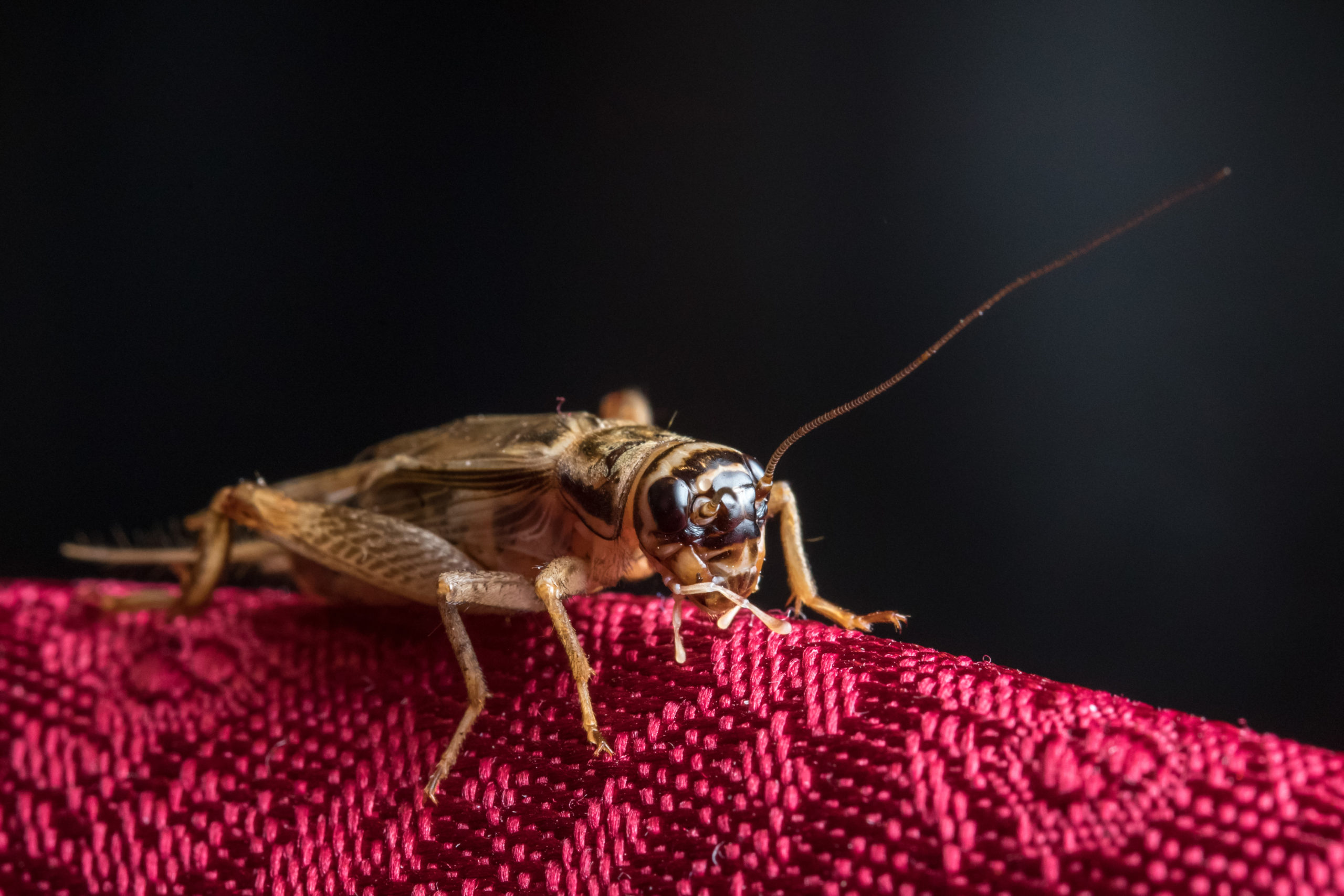
This seems like an odd choice, considering how often we hear crickets chirping outside of our homes, but there is a specific reason that these pests love our coat closets. Any clothing that has been worn or has any kind of debris on them is the general target of crickets that find themselves in our homes. They do not seek out clean clothes at all since they are not actually eating the fibers and threads of the clothing on purpose. Rather, they are after the debris and stains that can be on the clothes.
Any kind of stain, odor, dirt, starch, or food particles on clothing are enjoyed by crickets, who may get a little overzealous in their dining experiences. The tiny holes that we may find in our coats and shirts can be from when crickets break through the fabric. But as frustrating as these little holes are, they are not the worst souvenirs that crickets can leave behind. Their droppings will stain any fabric they land on, which means your clothing can be ruined in multiple ways if crickets manage to sneak inside your home in search of shelter and food.
Carpet Beetles
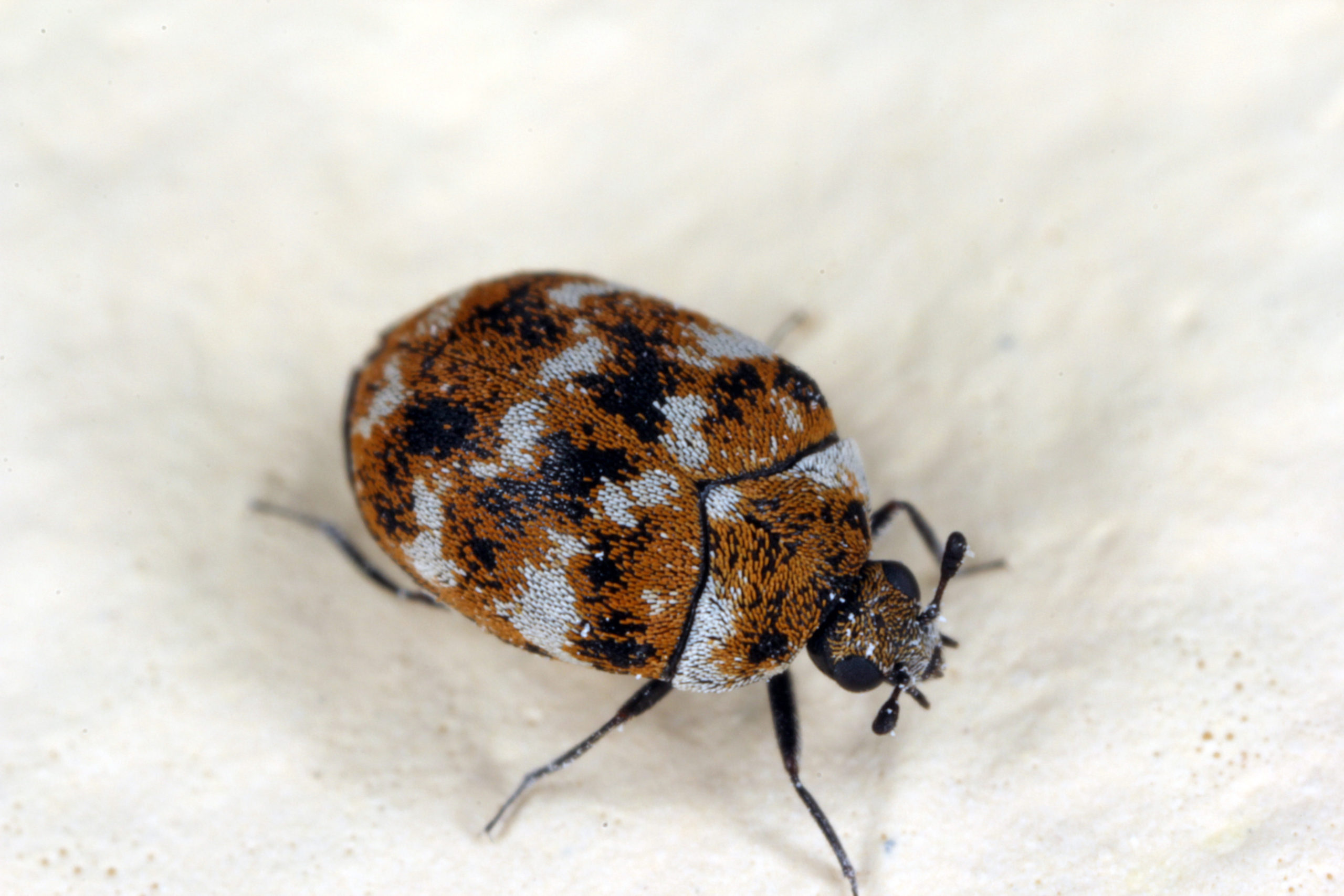
If your closets have carpeting in them at all, carpet beetles are predictably one of the more common pests you may experience. In addition to eating carpets, these beetles enjoy blankets, rugs, and thick clothing that sits idle for a while. As with many insects, the larval stage of the carpet beetle is the most destructive. Carpet beetles can lay up to 100 eggs at a time, and the hatched larvae can feed on fibrous materials for one year! Since adult carpet beetles only live for 20 to 60 days, this is a considerably long time to be in a young stage of life. Adult carpet beetles are also smaller than ladybugs, the larvae being even smaller, so it can be tricky to find them if you are not looking super closely.
As we get further into the cold months, carpet beetle eggs are hatching at a much slower rate. But they can still be abundant in a warm home that does not notice their presence. When they are not devouring our carpets and fabrics, carpet beetles will hide in dark crevices for protection. They also eat pollen, so they may be found outside more often in the spring. But for now, it is worth remembering that carpet beetles are one of the few pests that actually seek out the carpet or fabrics themselves to eat, not the stains and remnants that may be on them. While they are harmless to us, carpet beetles are certainly not harmless to our belongings.
Moths
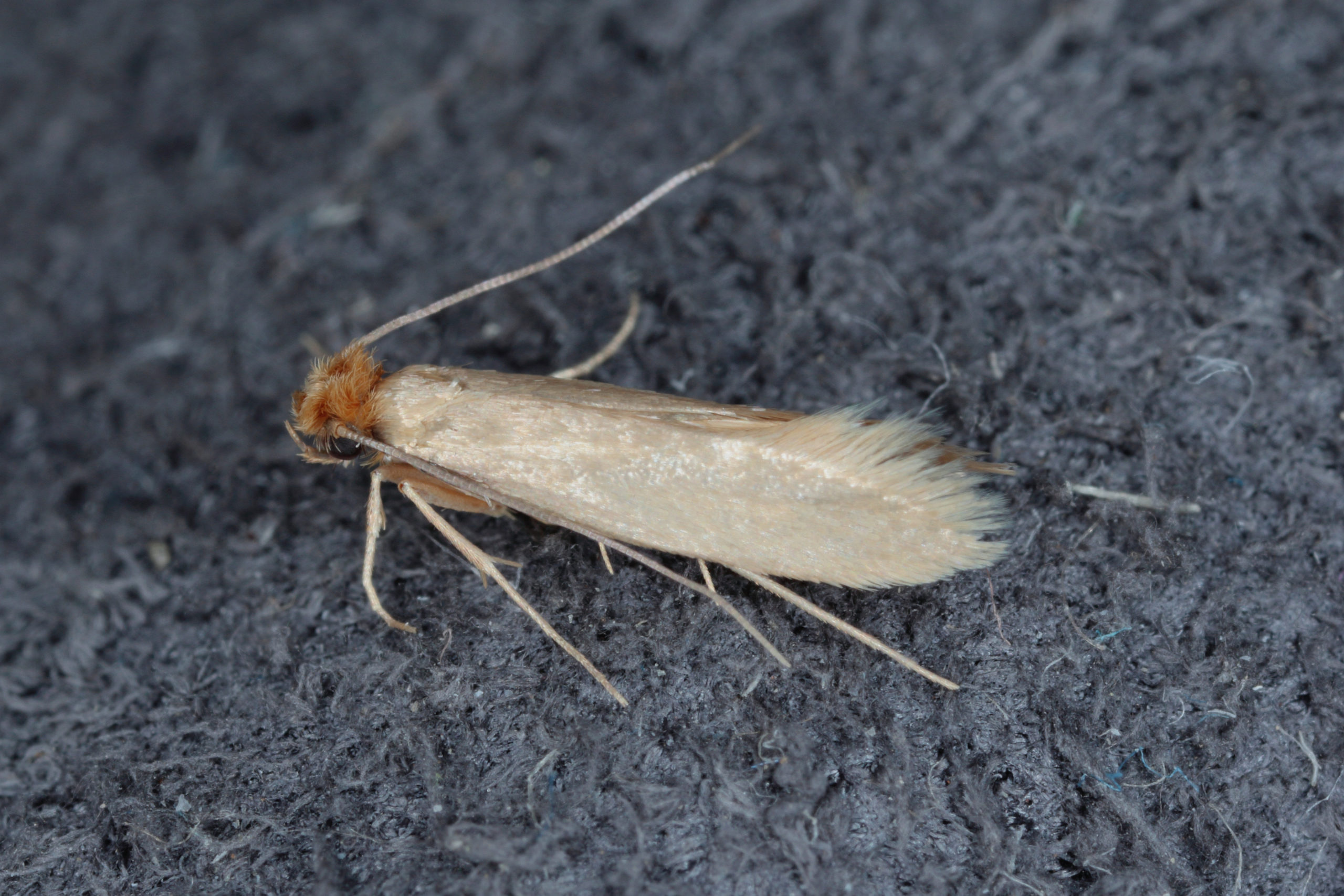
Clothes moths and moth larvae may be the most famous closet pests, if only because they are abundant in every region and are typically the culprits behind clothing holes. The favorite fabrics of moths include leather, wool, and silk. But their favorite across the board has to be cotton, which is unfortunately common in our wardrobes. Moths like to eat away at the fabric, especially if it’s a blend, until they leave behind small holes in the items. More moth larvae means more holes, so if you suddenly start seeing a lot of tiny gaps in your clothing that weren’t there before, it could be a sign of a moth invasion.
Moth larvae generally favor anything that was previously organic or animal, especially if they have traces of dirt or food on them. But they will settle for any fabric blend that suits their taste. There are two main kinds of moth larvae that are found in closets. One is the webbing clothes moth, which are pale gold in color and like to stay in the darkness. They prefer cashmere and wool, and can lay hundreds of eggs at a time. The other kind is the case bearing clothes moth, a silvery brown moth. This moth enjoys anything made of flannel, hair, or fur. If you suddenly start seeing multiple tiny insects on some of your thicker items of clothing, it could be one of these varieties invading your wardrobe.
Spiders
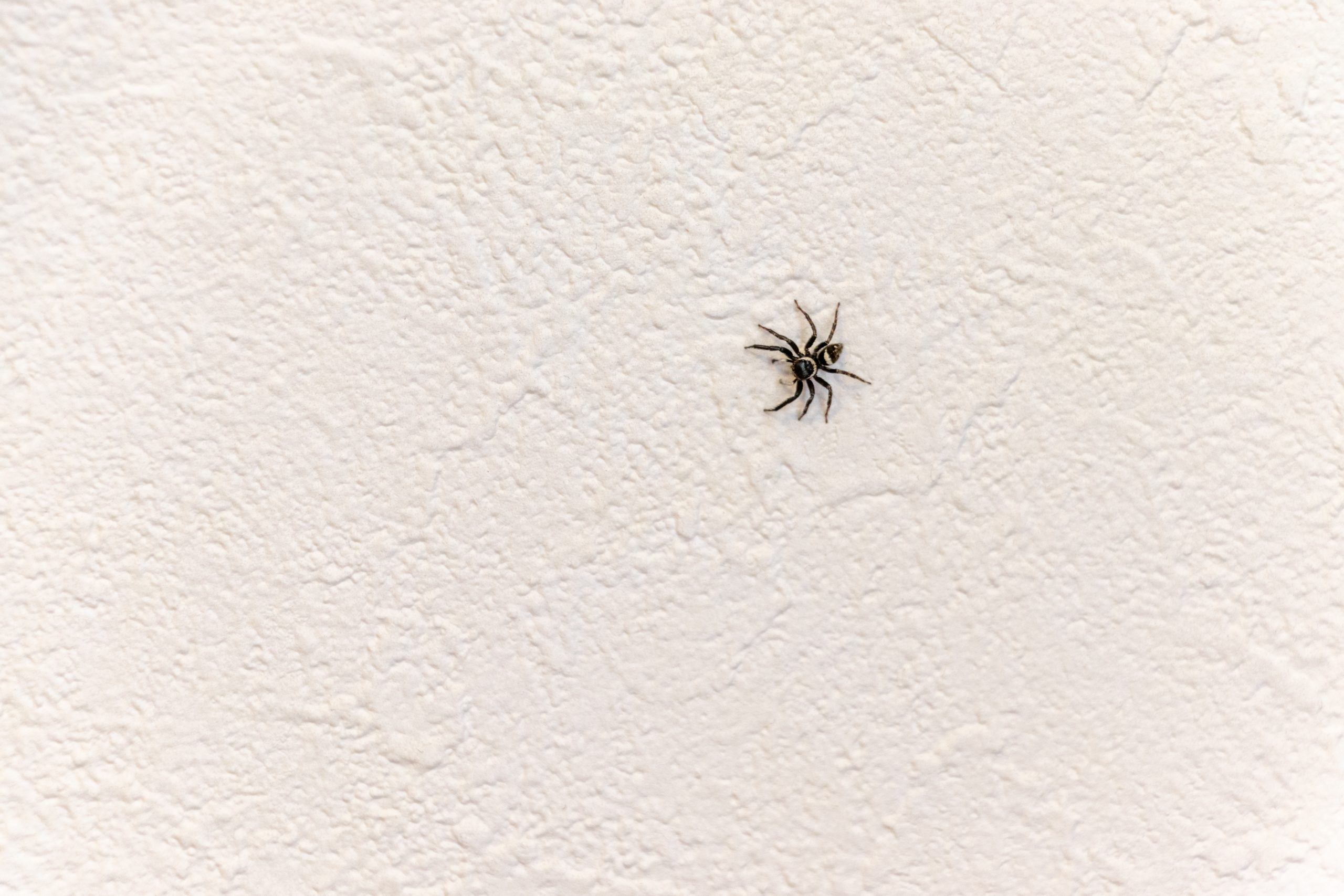
Spiders are definitely the outliers on this list. They do not invite themselves to the closet party for the fabrics and clothing, or even for the potential of finding debris on dirty laundry. Rather, they are found in closets because of the other pests that commonly make their home in there. Spiders only live where they are in the proximity of a constant food source, as well as a warm and dry shelter. Closets that have other pest issues check all of the boxes for the spider. Whether they are a species that spins webs or not, the spiders like to wait in corners and under boxes or other idle items until their prey comes close enough to capture.
One of the unfortunately common hiding places of a closet spider is inside a shoe or boot. It makes sense when we think about it, since this is the ultimate dry and warm shelter. But that doesn’t mean we want a bunch of spiders in our shoes! This is not a fact to make you nervous about ever putting on shoes again, but it is just something to keep in mind as boots and thicker shoes become more common. If you keep shoes out in the garage, there is even more of a risk for finding a spider in your boot. If you are feeling wary about accidentally stepping on a spider (we get it), simply give your shoes a quick shake before putting them on. It would be an unpleasant surprise to see a spider fall out, but an even worse event would be to accidentally step on a spider when you’re just trying to put on your shoes!
Silverfish
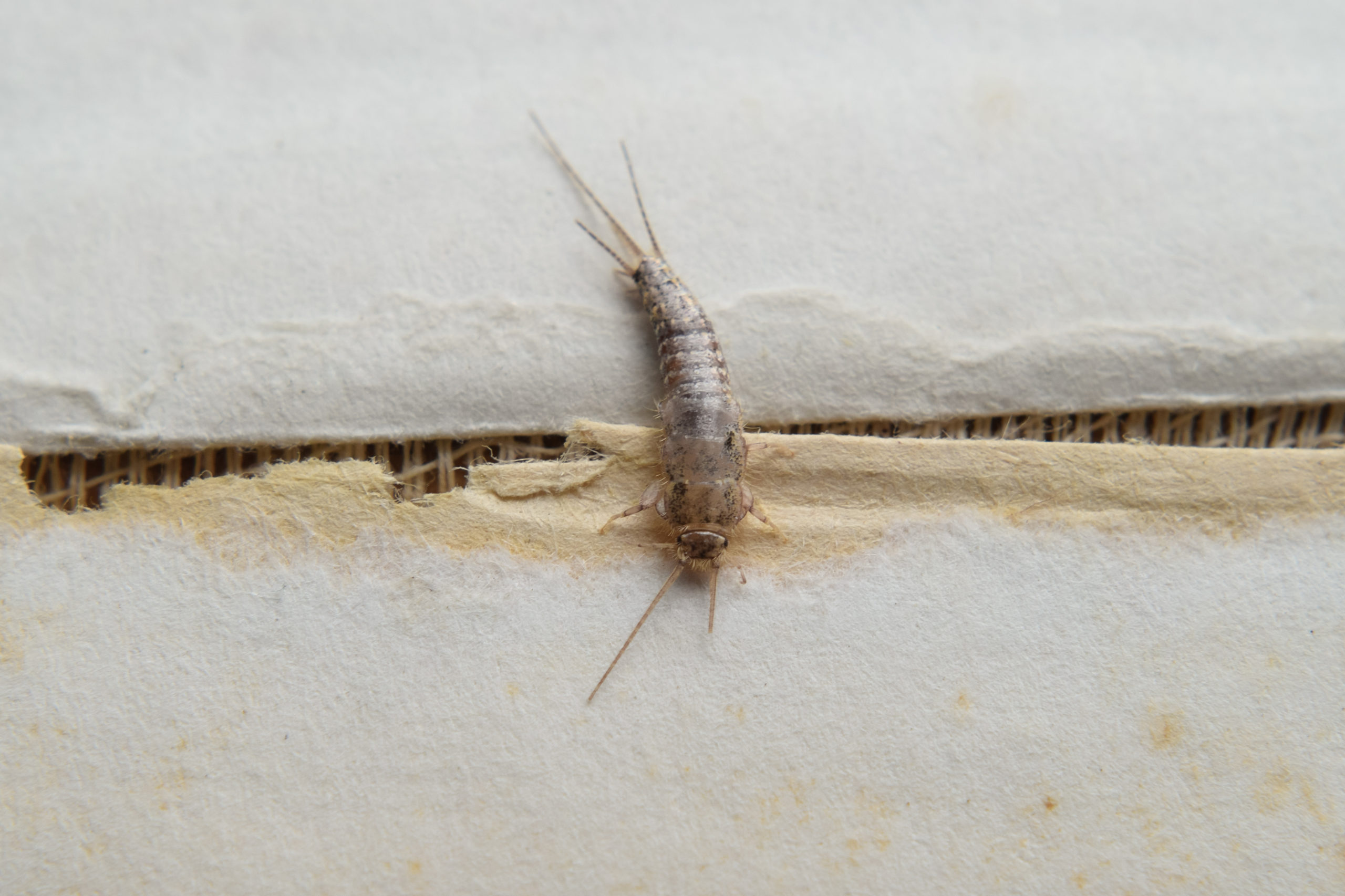
Silverfish are an interesting type of pest since they resemble a cross between a centipede and a small crustacean, but there is no mistaking their destructive qualities with fabrics. They enjoy the particles found on dirty clothing, including food, dirt, dust, and dead skin. While they do enjoy the natural fibers of certain fabrics, silverfish typically seek out their food sources based on the random debris they can have. This is why storing dirty laundry in enclosed hampers and doing the laundry in a timely manner is essential in preventing silverfish from making a meal out of your clothes.
At this point, you may be wondering how it’s possible that such a strange-looking pest is not commonly spotted before it’s too late. It is largely to do with the feeding and resting habits of the silverfish. They love the darkness and prefer to stay away from the light as much as possible. Silverfish are nocturnal and feed at night, so they do the most damage when we are asleep. Since they don’t have wings, silverfish have to crawl everywhere they want to go, so clothes that are strewn on the ground are their primary habitats. If your dirty laundry starts sporting some tiny ragged holes, it could be that a silverfish found their ideal buffet.
Roaches
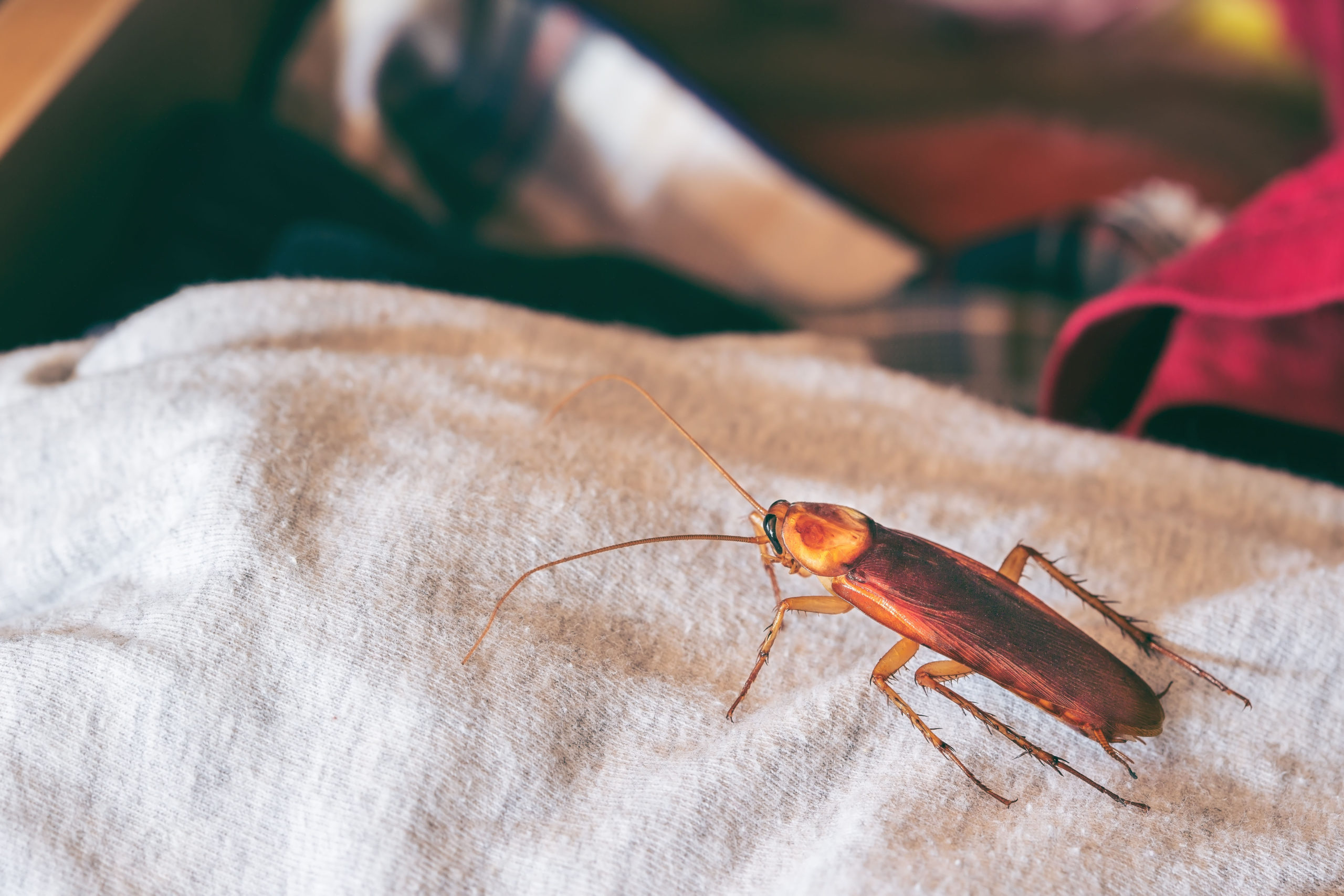
Once again, roaches have proven that they do more harm than good in any scenario. They can also eat through fabrics and carpeting, but not because they specifically enjoy the taste of the fibers. It’s because the garbage disposals of the pest world are after the debris that is resting in the materials. Roaches love starch and glucose in particular, which is why they are known for eating through cardboard and book bindings. But they also enjoy food stains, spills, and dirt that is found on worn clothing. Roaches will devour these imperfections to the point of eating through the fabric, which means we have yet another pest to think of when we find tiny holes in our clothing.
Since roaches are nocturnal, they do all of their feeding and reproducing at night. They multiply relatively quickly, so a roach invasion is no joke. In addition to leaving droppings everywhere they go and eating holes through our closet clothing, roaches can also cause a myriad of health problems if they stick around for the long term. Their outer shells can heighten allergy and asthma symptoms in people with those concerns, and they carry numerous diseases on their bodies and in their droppings. If they walk across a surface or find themselves in our food, they contaminate that specific area immediately. If you believe roaches are the main problem in your closet, we recommend contacting pest control immediately before these pests cause even more issues for you.
Pest Control is a Staple in All Seasons
The easiest way to keep pests from making your closet their own is to maintain a relatively clean space. Vacuum or sweep the floor of the closet every so often, especially if you keep your shoes in there. This will also eliminate any eggs or remnants of pests in the corners of the closet that can lead insects to the area. Also, keep all dirty laundry contained in a hamper or basket of some kind to prevent them from attracting hungry insects to the area. Inspect all jackets after wearing them outside for the day to make sure there aren’t any hitchhiking pests. Finally, many people find that certain essential oils and smells repel a majority of closet pests. Lavender seems to be a popular choice, so you can try diffusing lavender essential oil in the area, or simply storing dried lavender sachets in the corners of the closet.
While these tips can help keep the number of beetles, moths, and flies down to a minimum, there is still a chance of pests invading the closet for a number of reasons. No matter how they found their way inside your home, Green Pest Services is here to help! Our technicians are here year-round to provide personalized pest treatments for all kinds of problems. Contact us to learn how our services can be the cold weather staple that you’ve been seeking!
Citations
How to get bugs that eat clothes out of your closet. (n.d.). Terminix. Retrieved November 1, 2022, from https://www.terminix.com/blog/home-garden/how-to-help-stop-bug-that-eat-clothes/
Kushner, D. (2020, May 15). 8 tips on how to prevent pests in your custom closets. Closet Decor & More. Available at https://www.closetdecorandmore.com/eight-tips-to-prevent-pests-in-custom-closets (Accessed on November 1, 2022).
Leverette, M.M. (2022, July 13). How to control bugs that eat clothes. The Spruce. Available at https://www.thespruce.com/how-to-control-clothes-eating-insects-2145853 (Accessed on November 1, 2022).
Soon, A. (2019, December 26). How to get rid of bugs that eat clothes in the closet. Bug Wiz. Available at https://bugwiz.com/bugs-eating-clothes/ (Accessed on November 1, 2022).
8 Creative Ways to Have a Pest-Free Fourth of July
8 Creative Ways to Have a Pest-Free Fourth of July 8 Creative Ways to Have a Pest-Free Fourth of July Summary: The Fourth [...]
A Simple Guide to Preventing Stinging Pests
A Simple Guide to Preventing Stinging Pests A Simple Guide to Preventing Stinging Pests Summary: Stinging insects are more active in warm weather, [...]
These 10 Natural Mosquito Repellents Can Actually Help
These 10 Natural Mosquito Repellents Can Actually Help These 10 Natural Mosquito Repellents Can Actually Help Summary: Natural mosquito repellents are easier to [...]
How to Get Rid of Carpet Beetles
How to Get Rid of Carpet Beetles How to Get Rid of Carpet Beetles Summary: Carpet beetles are sneaky pests that don’t usually [...]
How Do Roaches Affect Asthma and Allergies?
How Do Roaches Affect Asthma and Allergies? How Do Roaches Affect Asthma and Allergies? Summary: It’s no secret that pests impact human health, [...]
These 5 Carnivorous Pests Might Surprise You!
These 5 Carnivorous Pests Might Surprise You! These 5 Carnivorous Pests Might Surprise You! Summary: There are many eco-friendly ways to prevent pests, [...]

